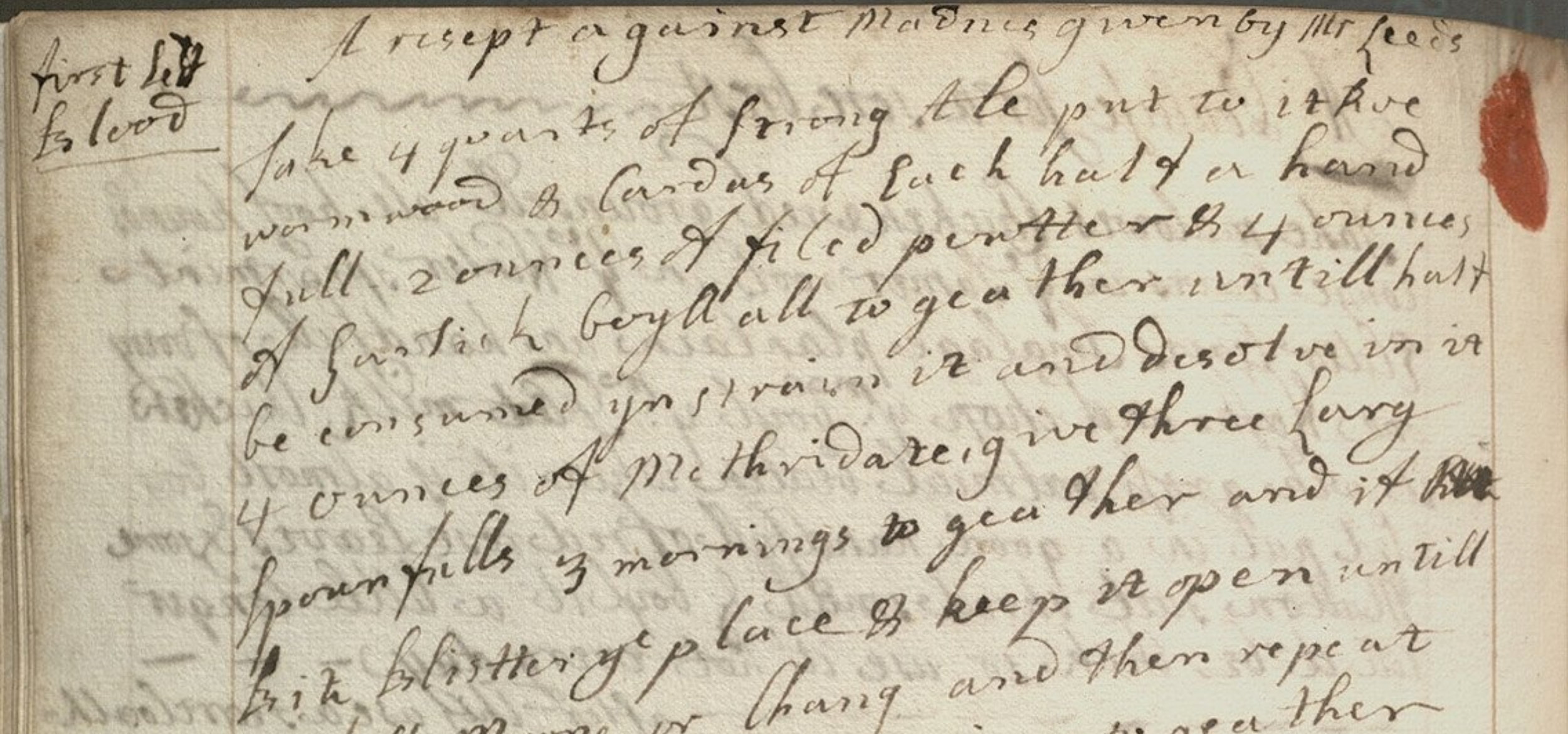Food and Music
“If music be the food of love, play on.” – Shakespeare, Twelfth Night
The “transaction of hospitality”—entertainment of visitors—in England’s country houses and middling homes of the 1700s might often include some combination of refreshments, conversation, recreational board or card games, and domestic music-making.
While neither the social circumstances nor the nature of the residences of the compilers of the Fairfax Cookbook are known, the presence of musical activity in their homes would not be unexpected. The printing of music (including “tutors”) and the manufacture of instruments for domestic use burgeoned during the century, bearing witness to ready markets of amateurs.
Keyboard instruments such as harpsichords, spinets, and early fortepianos were not uncommon, and young women were often expected to be “accomplished” in their playing to enhance marriageability. Parsonages might even include a small chamber organ befitting the churchly status of the residents. Stringed instruments such as violins, violoncellos, and citterns (a form of guitar), as well as winds such as flageolets (recorders) and hautboys (oboes) rounded out mixed ensembles of friends and family whose music accompanied domestic social gatherings, if not providing the main attraction.
Solo or group singing of repertoire (ranging from airs and duets of celebrated composers to popular ballads and theater songs, and from beloved hymns to vigorous catches and glees) was rapidly becoming a national pastime in parlors across England. If the home contained a room of sufficient size, dancing could occur and books of notated music and diagramed dance steps, such as John Walsh Jr.’s The Compleat Country Dancing-Master (1st edition 1731) remained in print and in demand for decades.
Whether the refreshments were light, such as tea, coffee, or juices with Naples biscuits or scones during an intimate matinee of song, or more substantial, such as cold meats, breads, cheeses with wine or brandy at the conclusion of a more athletic night of dancing, food and music were related through the common denominator of “taste”—a huge topic on its own.
